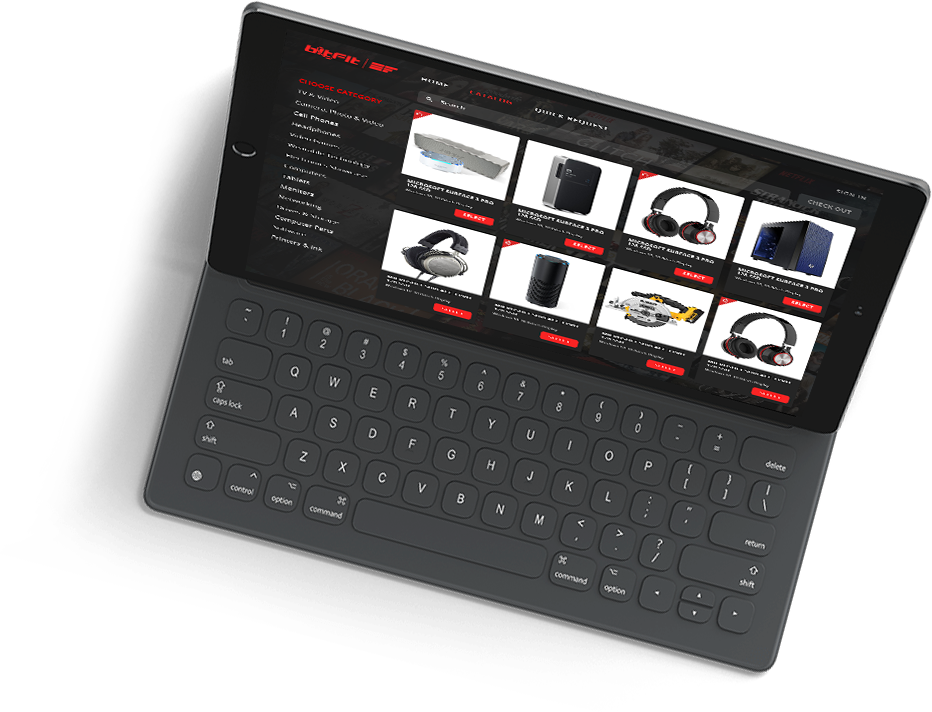
Introduction
IT asset management software is a tool that allows organizations to keep track of their hardware and software assets. The software enables IT teams to maintain an accurate inventory of assets, track changes, and monitor usage. The benefits of IT asset management software include increased efficiency, improved asset utilization, and reduced costs. However, there are common mistakes that organizations make when using IT asset management software. This article will discuss these mistakes and provide strategies for avoiding them.
Neglecting to Establish Accurate Asset Baseline
The first common mistake that organizations make when using IT asset management software is neglecting to establish an accurate asset baseline. An asset baseline is a comprehensive inventory of all the assets that an organization has, including hardware, software, and other IT-related assets. The asset baseline typically includes detailed information about each asset, such as its location, configuration, and maintenance history.
An accurate asset baseline is essential for many reasons. Firstly, it helps organizations identify their assets and where they are located. This is critical information for IT teams who need to know which assets are in use, which need replacing, and which need maintenance. An accurate asset baseline also helps organizations to plan for future asset acquisitions and budgeting.
The consequences of neglecting to establish an accurate asset baseline can be severe. For example, organizations may lose track of assets, leading to wasted resources, unnecessary purchases, and security risks. Furthermore, accurate asset information can lead to accurate reporting, impacting the organization’s ability to make informed decisions.
To avoid this mistake, organizations should invest in creating an accurate asset baseline. This involves inventorying all assets, assigning unique identifiers to each asset, and ensuring the information is accurate and up-to-date. Organizations should also establish a process for maintaining the asset baseline, such as regular audits and reviews.
Failing to Update Asset Information Regularly
The second common mistake organizations make when using IT asset management software is failing to update asset information regularly. Once an accurate asset baseline has been established, it is essential to maintain the accuracy of the information.
Regular updates are necessary for several reasons. Firstly, asset information can quickly become outdated due to organizational infrastructure changes. For example, if an asset is moved to a different location, the information in the asset baseline needs to be updated. Similarly, this information must be reflected in the asset baseline if an asset is replaced or retired.
Failing to update asset information regularly can have significant consequences. Organizations may miss opportunities to optimize asset usage, leading to wasted resources and unnecessary expenses. Outdated asset information can also lead to inaccuracies in reporting, making it challenging to make informed decisions.
Organizations should establish a process for updating asset information regularly to avoid this mistake. This can include assigning responsibility for updating asset information, setting up automated processes to update asset information, and conducting regular audits and reviews.
Inadequate Data Security Measures
Organizations’ third common mistake when using IT asset management software is inadequate data security measures. IT asset management software contains sensitive information, such as asset configurations, license keys, and maintenance schedules. It is crucial to protect this information from unauthorized access and theft.
Data security measures are essential for several reasons. Firstly, unauthorized access to sensitive information can lead to security breaches and data loss. Secondly, the theft of license keys can lead to software piracy, resulting in significant financial losses for organizations.
The consequences of inadequate data security measures can be severe. For example, organizations may face fines for non-compliance with data protection laws, and security breaches can cause reputational damage. Furthermore, theft of license keys can result in significant financial losses for organizations.
Organizations should establish robust data security measures to avoid this mistake. This can include restricting access to sensitive information, using encryption to protect data in transit and at rest, and establishing processes for regularly reviewing and updating security measures. IT teams should also ensure all employees know data security policies and are trained on best practices for protecting sensitive information.
Lack of Employee Training and Support
Organizations’ fourth common mistake when using IT asset management software is a lack of employee training and support. IT asset management software is a complex tool that requires specialized knowledge to use effectively. Without proper training and support, employees may struggle to use the software correctly, leading to inaccurate asset information and wasted resources.
Employee training and support are essential for several reasons. Firstly, it ensures that employees are using the software correctly, leading to accurate asset information and more efficient asset management. Secondly, it helps identify areas where additional training may be required, leading to improved employee skills and knowledge.
The consequences of inadequate employee training and support can be severe. Employees may struggle to use the software correctly, leading to inaccurate asset information and wasted resources. Furthermore, employees may become frustrated with the software, leading to reduced adoption and decreased efficiency.
Organizations should invest in employee training and support to avoid this mistake. This can include providing initial training for new employees, ongoing training and support for existing employees, and establishing a helpdesk or support team to assist employees with questions or issues. Organizations should also encourage employees to provide feedback on the software and incorporate this feedback into future training and support initiatives.
Conclusion
In conclusion, IT asset management software is a powerful tool that can help organizations to manage their assets effectively. However, common mistakes can hinder the software’s effectiveness, leading to wasted resources and increased costs. Therefore, organizations should establish an accurate asset baseline, update asset information regularly, implement robust data security measures, and provide employee training and support to avoid these mistakes. By taking these steps, organizations can ensure that they are getting the most out of their IT asset management software and realizing the full benefits of efficient asset management.

